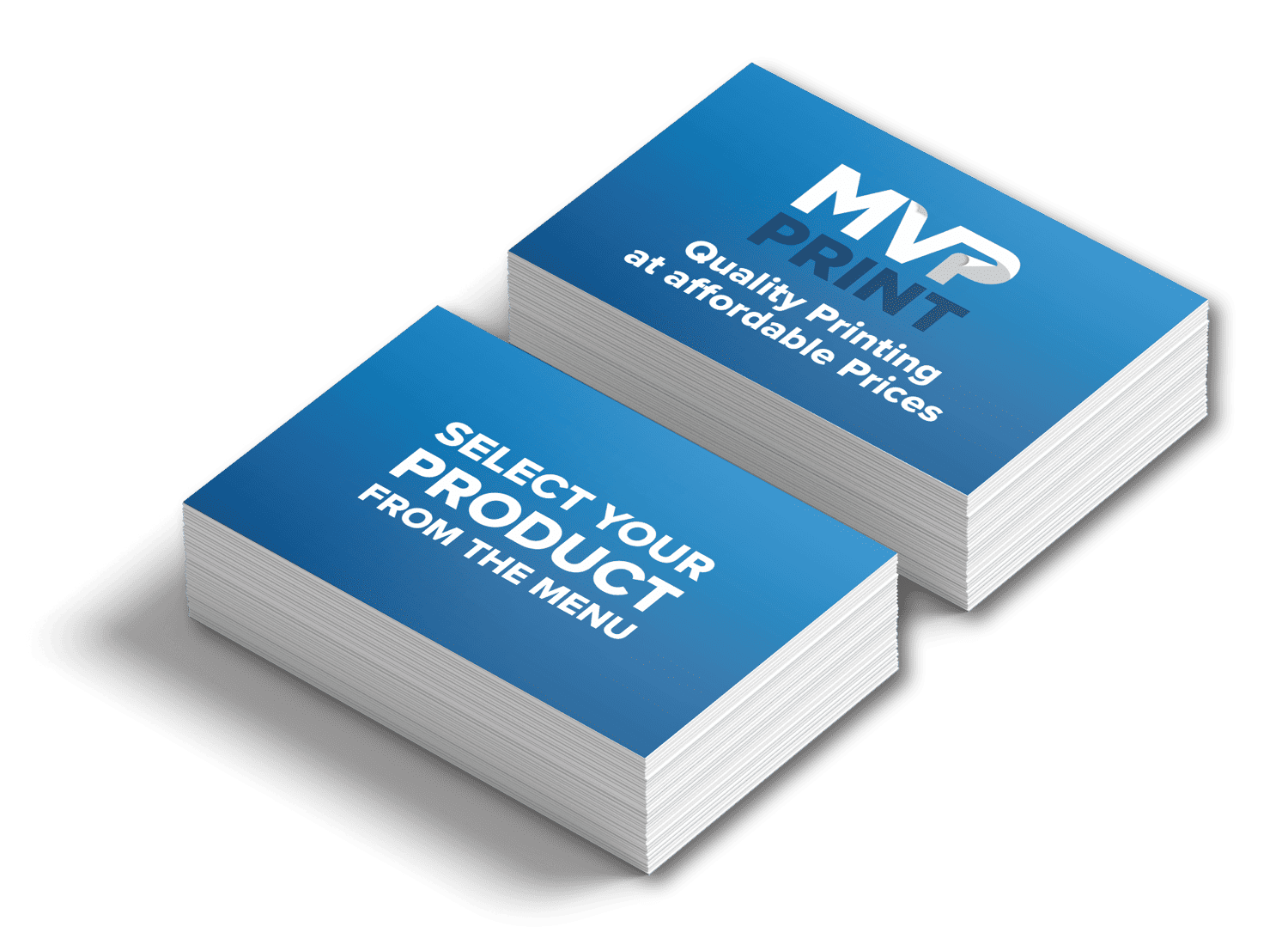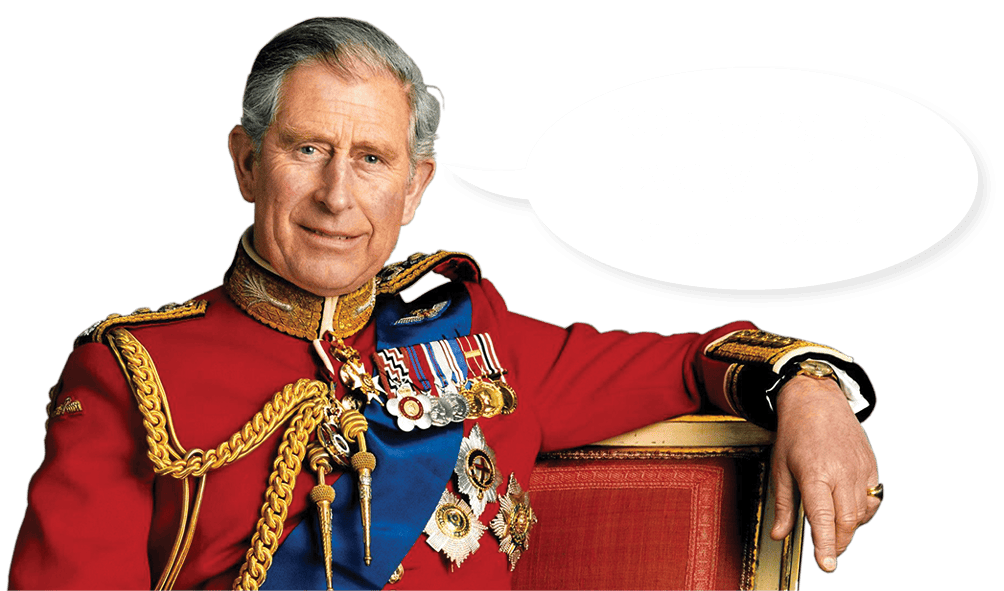Choosing the Right Colour for Your Event Promotional Material
Choosing the right colour. It sounds so simple, but it can be a devilishly difficult challenge for event managers. Colour is critical to the success of your event, and this applies across the entire event – from the marketing collateral that you send out prior to the event, right through to what attendees see on the day.
The need to get the colours right goes deep, too. Not only will consumers be turned off by anything that isn’t aesthetically pleasing, but the exact colours you choose to associate with your brand and messaging will have a major impact on the kinds of people that are attracted to your event, and how they will respond to the content of the event itself.
The first thing to consider in colouring your event or project is the classic colour wheel. This wheel might as well be the bible for colour design, and the story it tells is classic; designed by Goethe in 1810, the basic rule still applies: complementary colours are always diametrically opposed to one another on the wheel:
The first job of colour is to grab the consumer’s attention. If you don’t have their attention, no amount of quality content will keep it. As the human brain is wired to respond to variances, the fine details on an object should be significantly different to its background. This is fundamentally why black text on a white background is an aesthetically attractive result. In other words, if you’re looking to make something distinctive and eye-catching, you want to make good use of variance and complementary colours to really draw the audience’s eye.
But what colours should you actually use? Here’s a quick breakdown of the major colours:
Red
Red is the colour of activity and warning, and is the most attention-grabbing colour. It’s a colour best used to draw the audience’s attention to something they should then act on. For example, a red “for sale” sign might grab attention, and is a successful use of the colour if the consumer then purchases something.
Yellow
Yellow is used to quickly draw a person’s attention to something. It’s the most visible colour, but it also can become uncomfortable to look at for longer periods of time. It is most effective when used to grab attention quickly before the viewer moves on to the next thing; for example, fast food outlets make good use of yellow.
Black
Black means authority and represents confidence. A brand making heavy use of black is a brand confident in the quality and authenticity of its content.
White
White is rarely going to be the colour that you want leading your brand, because it’s a very subtle colour that does not demand attention. But white also symbolises innocence, grace, purity and romance (think wedding gown), so some events might still find it appropriate to have white as the dominant aesthetic.
Blue
Blue is a comfort colour, and soothes and relaxes the mind of those looking at it. Because of this, it’s also a colour that symbolises trustworthiness and can drive loyalty by those who witness it. For this reason, blue is a colour you should strongly consider if you want to create “good vibes” at your event.
Green
If you’ve got an event that’s about money, green will likely be your colour. It is, of course, the colour that represents wealth, success, and growth. It also has a strong connection to the colours seen most frequently in the natural world, and so is a colour associated closely with health and life.
Orange
Orange is a deeply different colour that advertising brands often use to be unique. It will leave a youthful, alternative lifestyle impression on an audience, which is why you won’t see orange used too frequently within the context of corporate events. But it’s a favourite colour for anything designed to draw in young children or teenagers.
Neon colours
One final consideration to make is whether you want to make use of neon versions of the above colours. Especially popular for signs and the like in the 80’s, and enjoying a real resurgence in popularity for the science fiction edge, neon colours are incredibly bold and demand attention, but they are a risk. They can be so over the top that you also risk losing the attention of the audience that doesn’t find neon to its taste. With this one, it’s a matter of knowing your audience beforehand.
Choosing the right colour
With the right colours, your event will be a bigger success than it might otherwise have been. People won’t recognise that it is the colours that drew them to the event of course – the impact that colour has is more psychological than overt, but nevertheless you should put a great deal of time and thought into considering the colours right for your event. And for all your printing needs for the event check out MVP PRINT.








